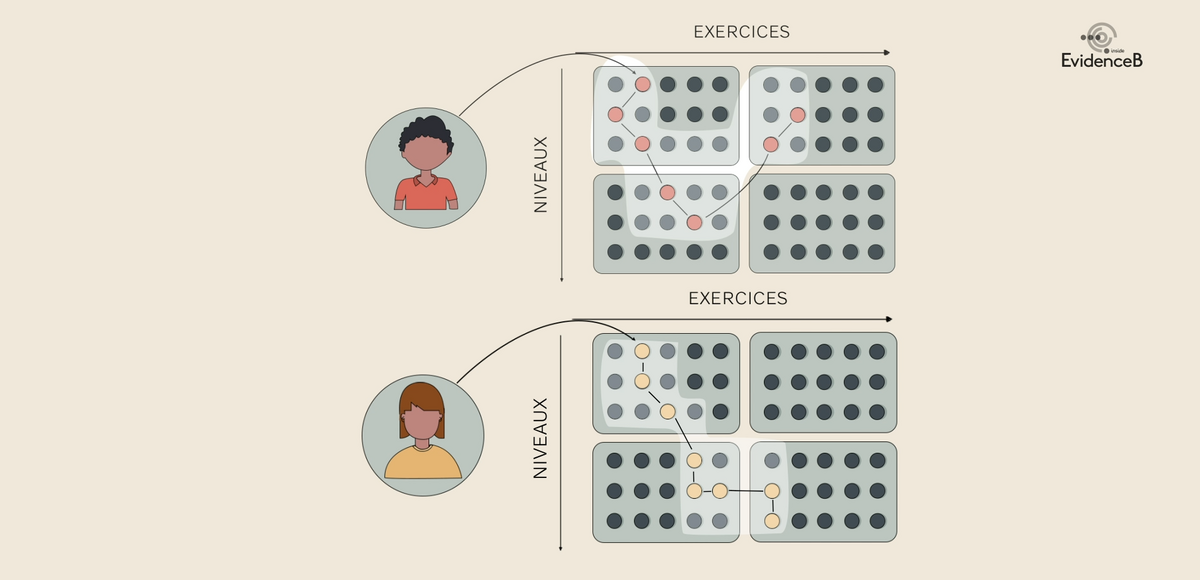The Ministry of National Education wants to raise the levels of high school students using AI. We tell you everything.
More or less artificial intelligence? While the European Union is still debating the merits of this innovation, Gabriel Attal, Minister of National Education, has just announced that a “ remediation or deepening AI tool » will be used in high schools from 2024.
The name of this new educational tool? MIA, for “Adaptive Interactive Modules”. Its goal ? Raise the level of students with automated support and, supposedly, adapted to each and every one. Here’s what we know about this service.
Which classes will be affected?
During his press conference dedicated to the “shock of knowledge”, the Minister of National Education announced that MIA will be tested by around 100,000 second grade students starting next February. It will then be generalized “ for an entire age group, all second year pupils » from the start of the 2024/2025 school year.
Generalization to other school levels was not mentioned. On the dedicated site, the application is presented specifically as a means of “ consolidate the skills necessary for each second grade student. »
Will it be mandatory?
According to the declarations of the Minister of National Education, “ there will be the possibility for teachers, if they wish, to control what is done by the students and to take control of it if they wish “. Downloading and using the application will therefore not be compulsory, as Gabriel Attal confirmed to BFM. “ It is a tool that will be used at home », added the minister.
What materials will be available?
MIA was first thought of as a service “ to implement personalized remediation and support pathways in French and mathematics “. Only these two subjects will a priori be concerned. A choice which is far from being a surprise since mathematical culture and written comprehension are the two criteria noted by the Program for International Assessment (Pisa), a test developed by the OECD on which Gabriel Attal has discussed at length .
In all, it is “ 20,000 exercises in French and mathematics » which will be offered to students and teachers, with, behind it, an algorithm responsible for finding the most relevant ones for each and every one.
How will this work?
The application, which will be available on the web and on mobile, will first give each student a skills test to gauge their level in French and therefore in mathematics. Depending on each person’s success rate, a personalized educational path will be offered. A demo is already available online.

Beyond this “solo mode”, MIA will also offer a “playlist” mode where teachers can select specific activities and exercises to perform, a “duo” mode where students will work in pairs “ to promote collaborative work between peers “.
Who is it developed by?
Behind MIA is the company EvidenceB, a startup specializing in EdTech. The form was founded by Thierry and Catherine de Vulpillières (respectively former director of educational partnerships at Microsoft and former associate professor of Letters) as well as Didier Plasse, an entrepreneur who worked for Pimkie, Se Loger and Conforama among others.
Gabriel Attal assures him that said, MIA is a “ sovereign software, built with researchers and teachers, owned by the Ministry of National Education and Youth “. Behind the development, we also find Docaposte, the digital branch of the La Poste group. The idea was then refined with the help of the CNRS, Paris Cité University, the University of Geneva and the Sorbonne Nouvelle.
What about students’ personal data?
To reassure questions of privacy, the Ministry of Education made it clear on its site that MIA stores data in “ a secure environment » labeled “SecNumCloud” by the National IT Systems Security Agency (ANSSI)
The list of data collected and the recipients of this data is detailed in the confidentiality policy. The bulk of the data is stored at EvidenceB with usage data and identity data shared between Docaposte and SendinBlue, a French platform for sending emails.
Source: BFM, MIAseconde

5